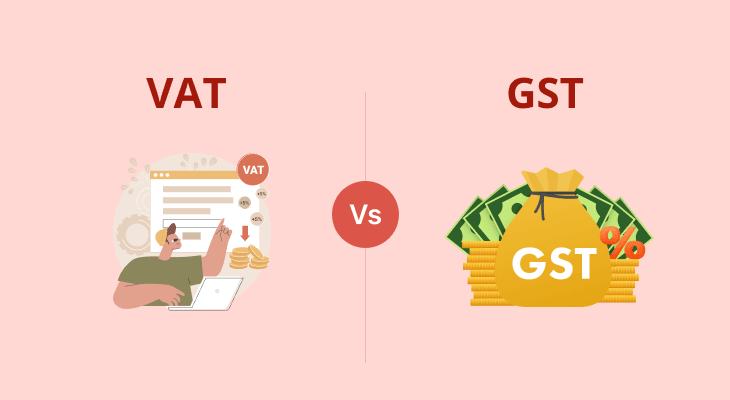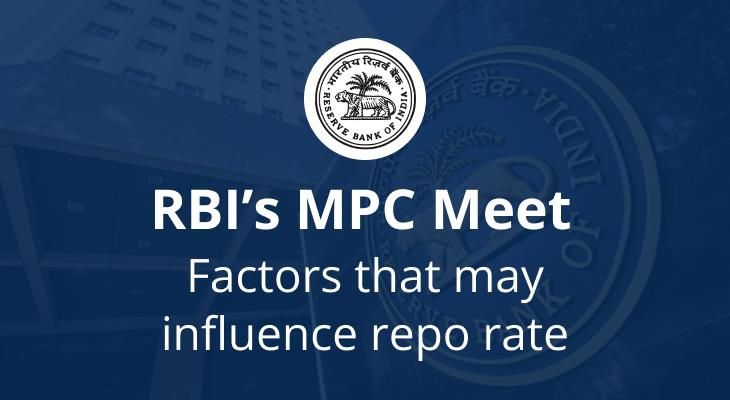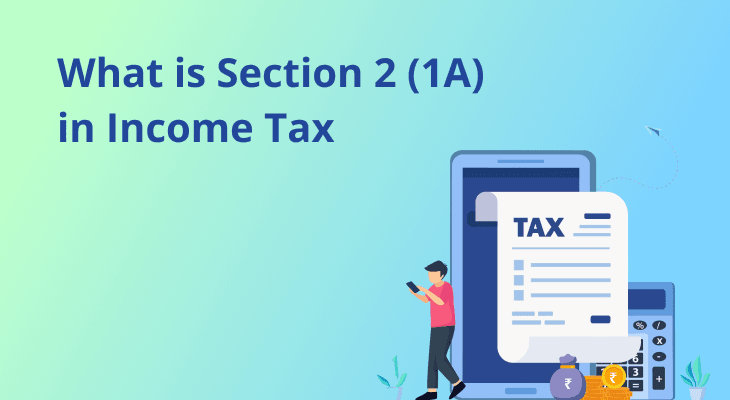
What's the difference between VAT and GST?
India had a complicated, multi-layered indirect taxation system before introducing the Goods and Services Tax (GST) on July 1, 2017. Value Added Tax (VAT), excise taxes, service taxes, entry taxes, and octroi were a few of the taxes levied on businesses and consumers.
Further, each state had its own set of rates and regulations, resulting in a disjointed environment that made compliance more difficult, raised company expenses, and had a "tax-on-tax" or cascading effect. This inefficiency frequently increased consumer prices, making it more difficult for states to trade seamlessly.
The GST changed this complicated tax system significantly. It combined most indirect taxes already in place, such as VAT, into one system. GST is a consumption-based tax, like VAT, but significant differences in how taxes affect businesses, the economy, and individual consumers. In today's context, understanding the differences between VAT and GST helps show how India's tax system has changed to be more open, efficient, and integrated into the economy.
What is GST and Its Effect?
The Goods and Services Tax (GST) is a single tax based on where goods and services are delivered in India. GST promotes the idea of "One Nation, One Tax." This combines indirect taxes, such as service tax, excise duty, and VAT.
Key Features of GST:
- Comprehensive Taxation: GST applies to goods and services, unlike VAT, which primarily targets goods.
- Elimination of Cascading Effect: GST prevents the tax-on-tax scenario under the VAT regime by allowing input tax credit across the supply chain.
- Standardised Tax Rates: GST sets standard tax rates for all states, reducing differences and enhancing ease of doing business.
GST has two parts: central GST (CGST) and State GST (SGST) for transactions within a state and Integrated GST (IGST) for transactions between states.
Impact of GST:
The implementation of GST led to more transparency and enhanced the efficiency of the tax system. It simplified compliance, reduced the overall tax burden on consumers, and enhanced revenue collection for the Government. Additionally, the seamless flow of input tax credit has improved the competitiveness of Indian businesses.
What is VAT, and why is it added to GST?
Value-added tax (VAT) was a state-level tax imposed in India in 2005. It replaced the preexisting sales tax regime. VAT was imposed on the sale of products at every stage of the manufacturing and distribution process, with the burden of the tax finally landing on the ultimate consumer.
Limitations of VAT:
Cascading Effect: VAT lacked a provision for input tax credit on services, resulting in a cascading tax effect.
Multiple Taxation: The existence of VAT along with other indirect taxes such as service tax and excise duty made the tax system complex.
State-Level Variations: Varying VAT rates and terms of different states caused inconvenience to businesses that operated across states.
Integration into GST:
To address these problems, VAT was incorporated into the GST regime. This brought the tax system under one umbrella, thus simplifying it and increasing business efficiency.
Comparison Between VAT and GST
Parameter | GST | VAT |
Tax Base | Goods and Services | Primarily Goods |
Tax Structure | Dual (CGST and SGST/IGST) | State-Level Tax |
Input Tax Credit | Available for both goods and services | Limited to goods |
Tax Rates | Uniform across India | Vary across states |
Compliance Mechanism | Centralised and online | Decentralised and manual |
Cascading Effect | Eliminated through input tax credit | Present due to a lack of a comprehensive input tax credit mechanism |
Applicability | On the supply of goods and services | On the sale of goods |
Tax Administration | Jointly by the Central and State Governments | By State Governments |
Returns Filing | Monthly, quarterly, and annual returns as per turnover | Monthly or quarterly, depending on state regulations |
Registration Threshold | ₹20 lakhs (₹10 lakhs for special category states) | Varies by state |
How are Value Added Tax and GST Calculated?
Under VAT:
The difference between the tax collected on sales or output tax and the tax paid on purchases or input tax is the VAT.
Formula:
VAT Payable = Output Tax - Input Tax
Example:
For instance, a manufacturer sells goods worth ₹1,00,000 with a VAT rate of 10%. The output tax is ₹10,000. If the input tax on raw materials is ₹6,000, the VAT payable is ₹4,000.
Under GST:
GST is calculated by applying the applicable tax rate to the transaction value. Input tax credit is available for taxes paid on purchases.
Formula:
GST Payable = Output GST - Input GST
Example:
A service provider provides services valued at ₹1,00,000 and an 18% GST. The output GST is ₹18,000. Assuming that the input GST paid on purchases is ₹5,000, then the GST payable is ₹13,000.
The transition to GST brought about a paradigm shift in the Indian system of indirect taxation, restructuring the pattern of tax collected, paid, and administered. While the VAT did away with the cumbersome sales tax system, its inherent drawbacks, cascading effects, uneven treatment across space, and compliance issues warranted a change.
GST, introduced as a unified and comprehensive tax system, addresses these critical issues by eliminating tax-on-tax, unifying rates nationwide, and streamlining compliance with digital operations.
GST has also made India's business environment easier and the economy more competitive for domestic and foreign investment. It makes the economy more transparent, minimises bureaucratic costs, and encourages fair tax sharing among states and the central authority. For businesses, it becomes easier to pay less and be competitive; for buyers, it typically represents more stable prices.
Understanding the nuances of VAT vs. GST is important for businesses, consumers, and policymakers. As GST becomes well-entrenched in the Indian economy, this continuing fine-tuning and spreading of awareness will only further integrate India's economy, produce better revenue realisations for the Government, and pave paths for sustained economic growth.


